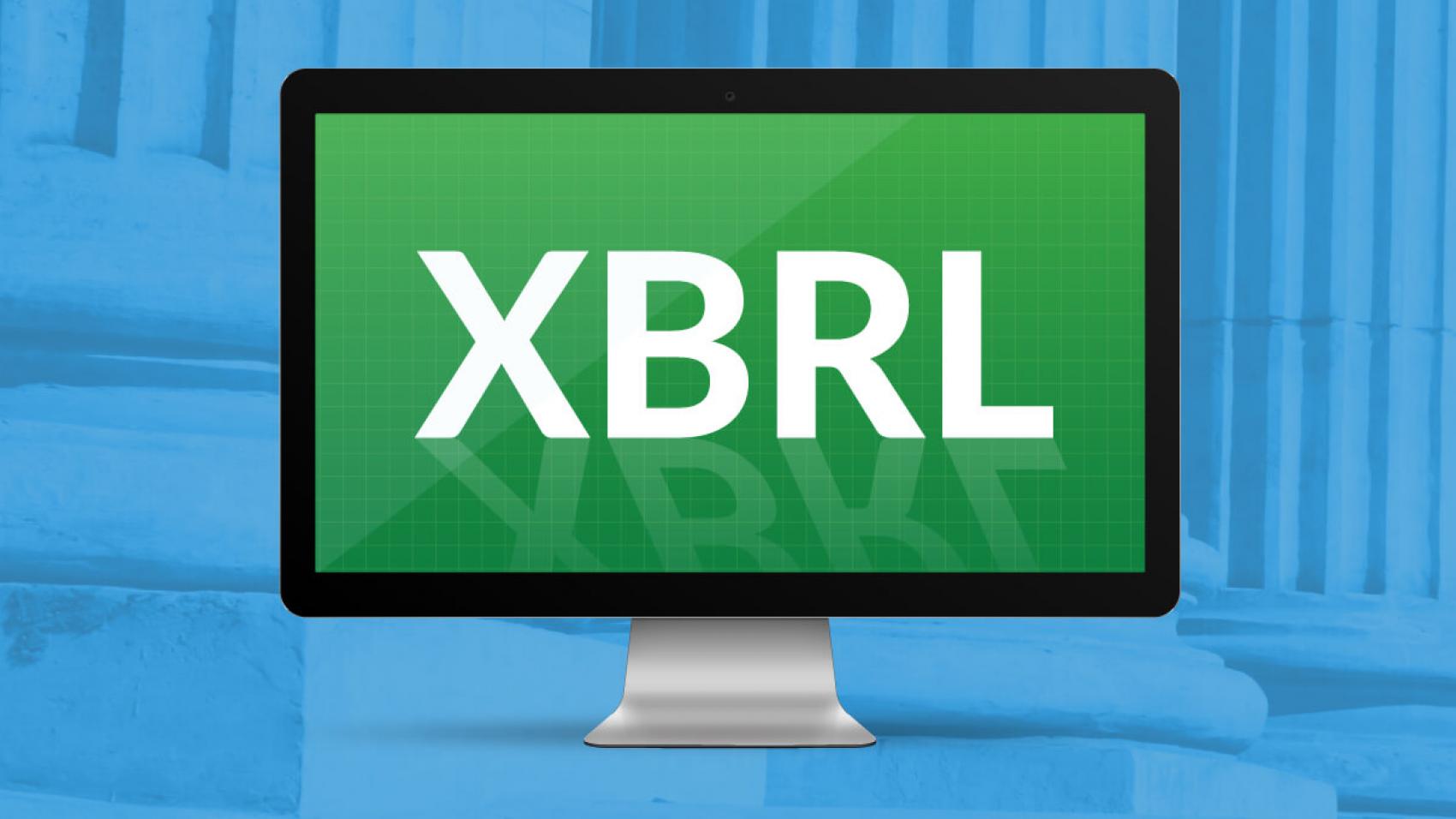What Is Inline XBRL and How Will It Affect You?

Inline XBRL, or iXBRL, is a format that allows filers to embed XBRL data directly into a HTML document. As of today, it is a voluntary programme from the SEC that runs through 2020.
What is Inline XBRL?
The Inline XBRL specification allows you to incorporate your XBRL tags into your HTML-formatted financial statements, rather than filing a separate XBRL instance document. This keeps the human-readable HTML format of the financial statements the same when viewed in a web browser while adding the XBRL tagging to those statements.
In addition, Inline XBRL is significant because it highlights the SEC's commitment to structured data by making XBRL easier to consume and reducing regulatory burdens on registrants.
What does this mean for filers?
Today, filers submit their financial information to the SEC in two separate formats: HTML and XBRL. Maintaining these two formats with identical financial information is not only time-consuming, but will result in errors if the information in those formats is not kept in perfect alignment.
For filers using an integrated compliance reporting system like Wdesk, this isn not a problem. Your HTML and XBRL are always in alignment because you are not working with two different documents—you prepare your financial information and tagging in a single document. Your document is then split into the HTML and XBRL formats at the very end of your filing process.
However, filers using a stand-alone software solution, sometimes called a “bolt-on” approach, have a more complicated and manual process. They must create and maintain a separate version of their financial information in XBRL format and then manually transfer any changes from the HTML version into the XBRL version. This can be particularly challenging when there are late changes to the document.
Why has the SEC launched this voluntary Inline XBRL programme?
The SEC is allowing the voluntary submission of Inline XBRL as a way to improve data quality and reduce the filing burden associated with XBRL for filers using stand-alone software. This could be especially beneficial for smaller filers, who are more likely to use stand-alone software.
Pressure is building from Congress and investors to improve the quality of XBRL filings, and the SEC views Inline XBRL as one way to improve data quality. In addition to the problems of maintaining two separate formats, we know that filers sometimes change their XBRL tagging to achieve a particular rendering effect from the SEC Interactive Data viewer. As accountants, we have a strong desire to make things match visually because that is how we were trained—that is what we understand. But as you know, this is an approach that is not compliant with SEC guidance and often leads to errors or inconsistencies that makes the data harder to use.
One of the benefits of Inline XBRL is that your HTML version, including XBRL-tagged information, can be viewed in any web browser through the SEC's Inline XBRL Viewer. Because the rendering is handled by the HTML document, your 10-Ks and 10-Qs will look the same even when they include your tagged data. Plug-ins can be developed for web browsers which can give you the ability to view, highlight, extract and validate the XBRL-tagged information while simultaneously viewing the HTML document. Leveraging this benefit will reduce or eliminate the need for a separate SEC Interactive Data viewer for preparation and review of your XBRL-tagged information.
However, Inline XBRL is not the sole answer to correcting errors in filings, as we noted in the blog post, Dear SEC, Let’s Correct the Errors in SEC Filings.
Why didn’t the SEC allow Inline XBRL submissions when the Interactive Data Rule first became effective? The Inline XBRL specification was still being developed when the SEC issued the final Interactive Data Rules and was not ready to be considered as an EDGAR submission format.
Inline XBRL is used by several regulators around the world—the United Kingdom (HMRC) and Irish (ROS) Tax Authorities have received over 4 million filings from companies using Inline XBRL—and now also includes the SEC.
As of the publication date, Workiva is the first and only vendor to comply with the new iXBRL specifications.
What does this mean for you?
Workiva customers have always had complete assurance that their HTML filings and their XBRL filings are in sync, thanks to Wdesk live-linking and instant EDGARisation. Moreover, because of our commitment to data quality, our customers can already detect any possible quality issues that the SEC identified in its recent announcement. If you are using Wdesk, you already have the advantage of working in a single document. Inline XBRL will not change your document preparation process, but you may appreciate being able to render your tagged financial information in a familiar format that you can control.
Editor's note: This blog post was originally published Nov. 13, 2013 and has been updated to reflect recent announcements from the SEC.

